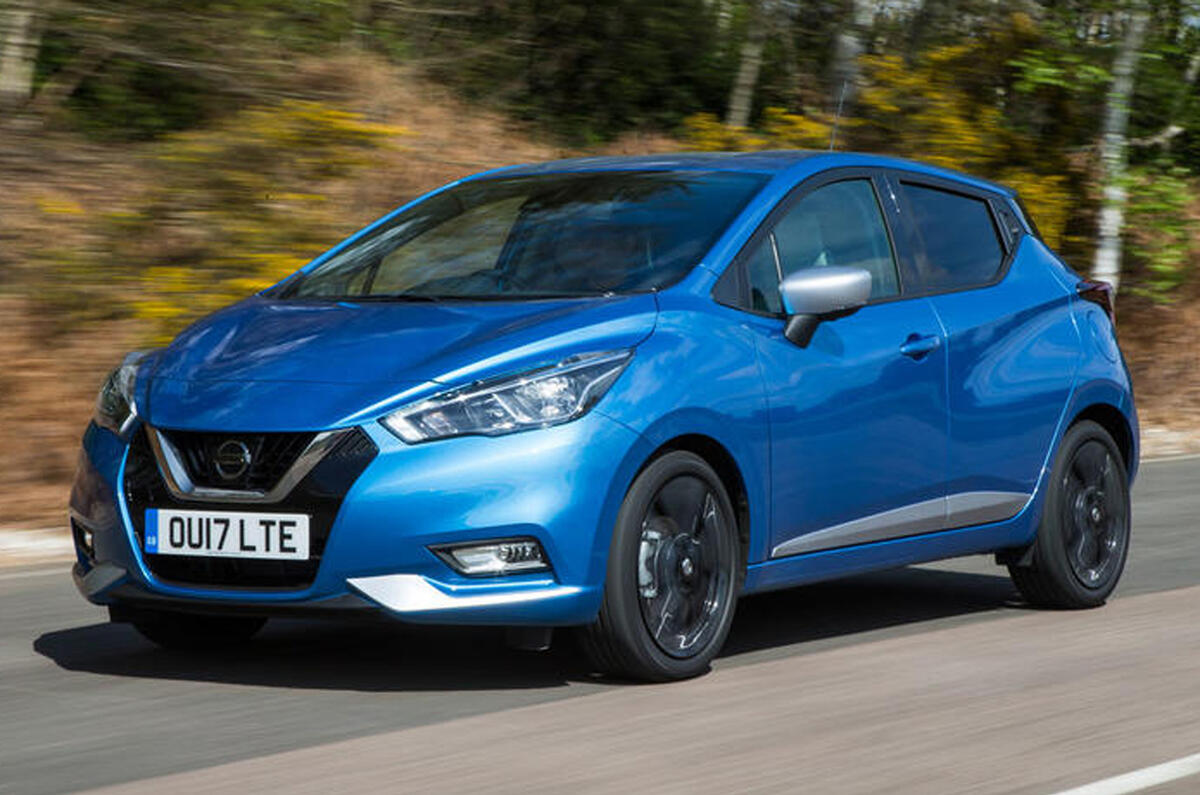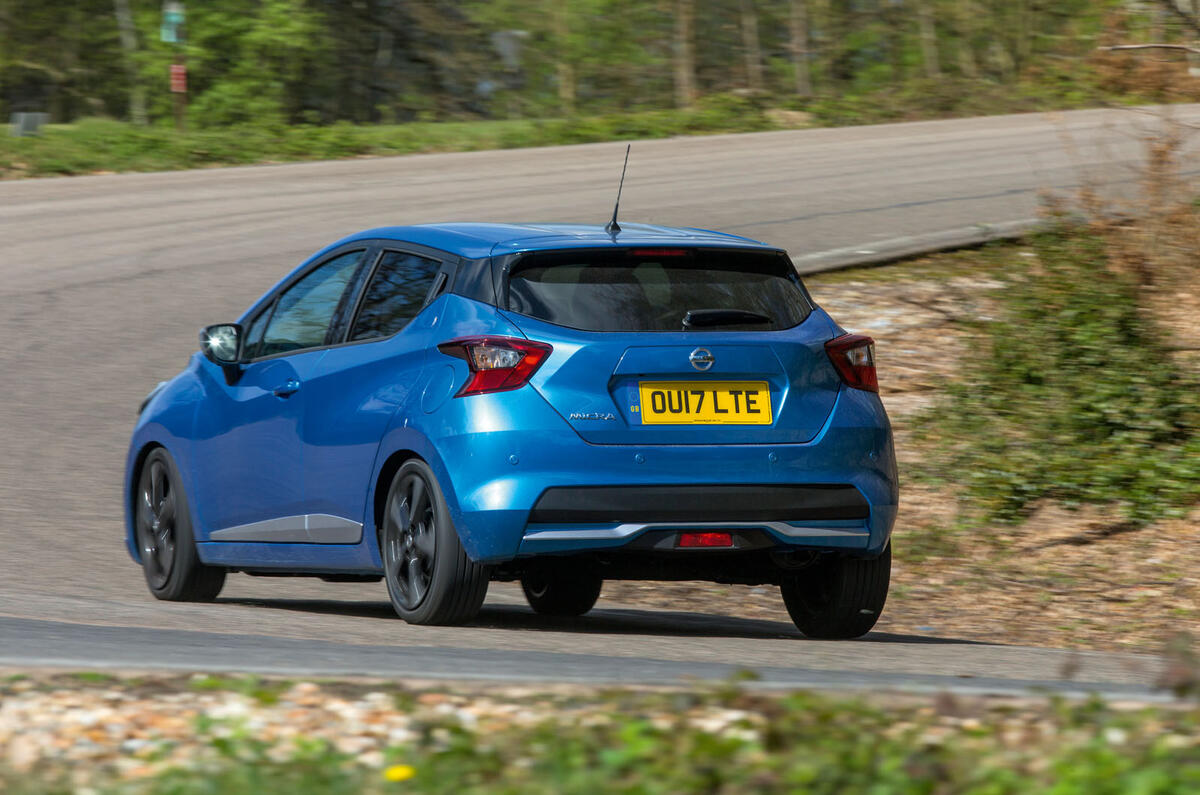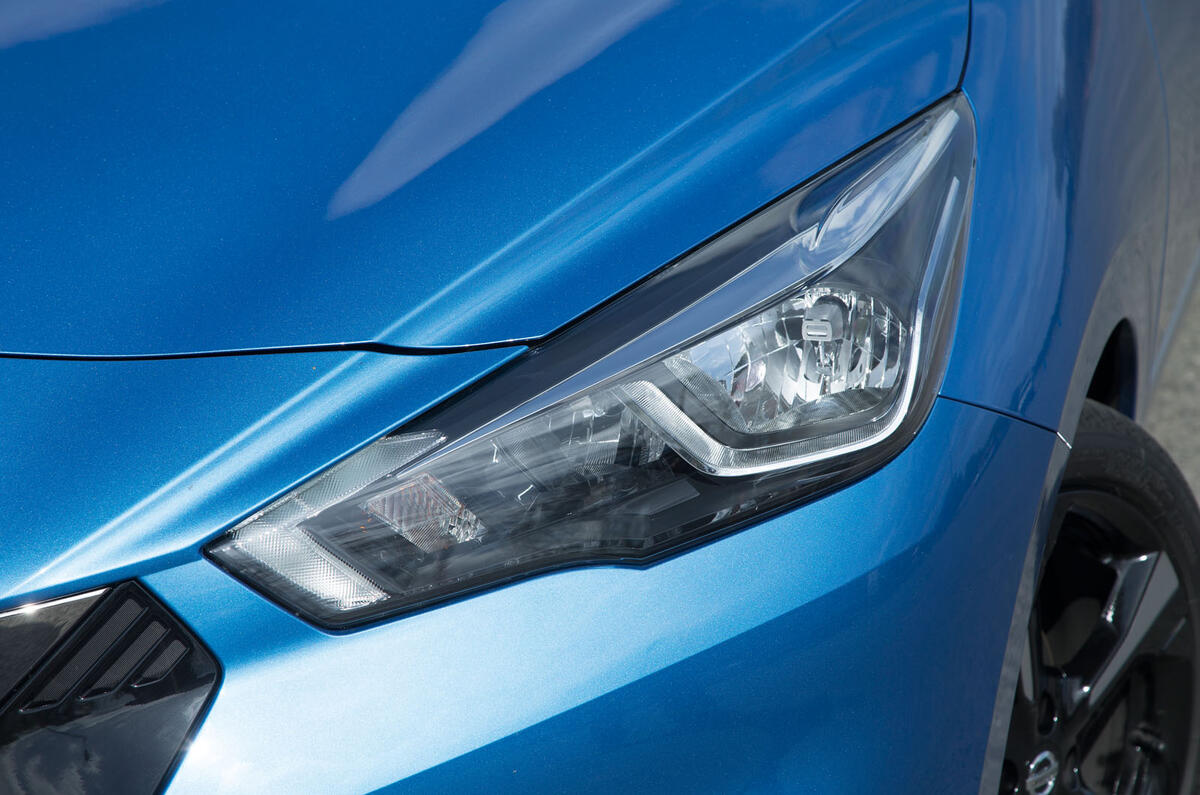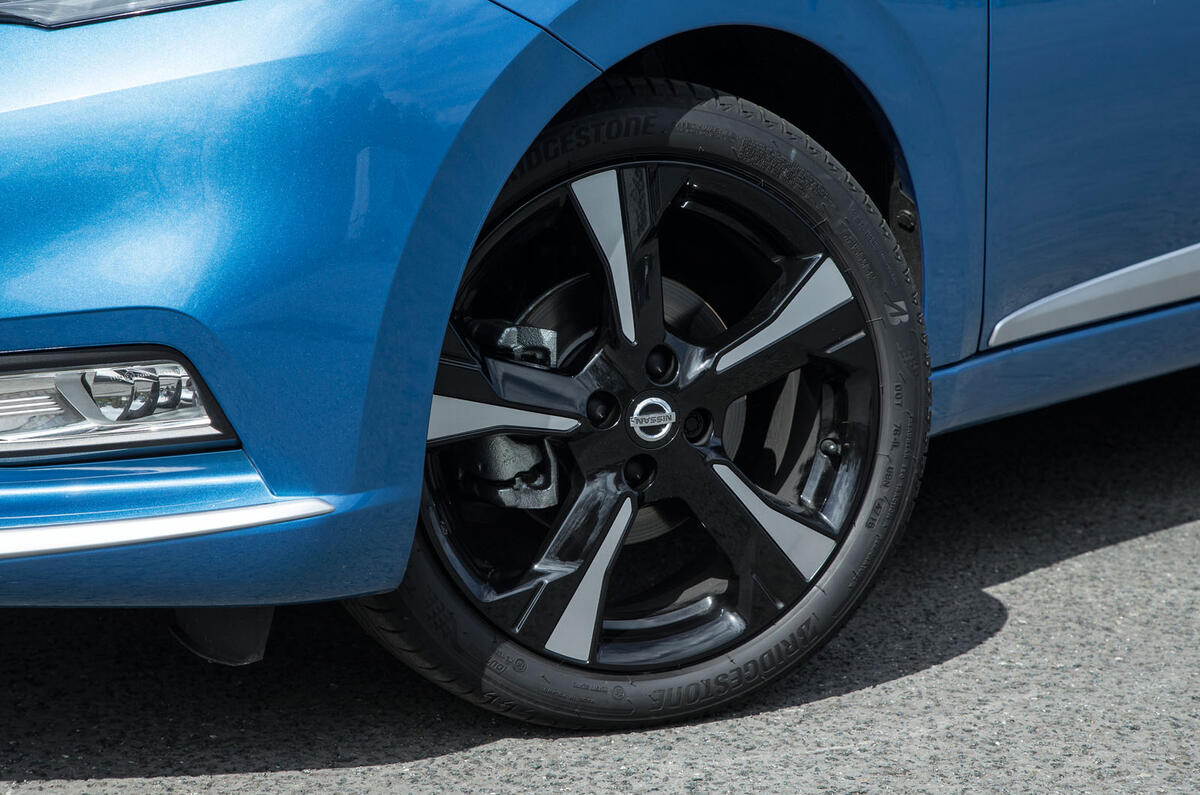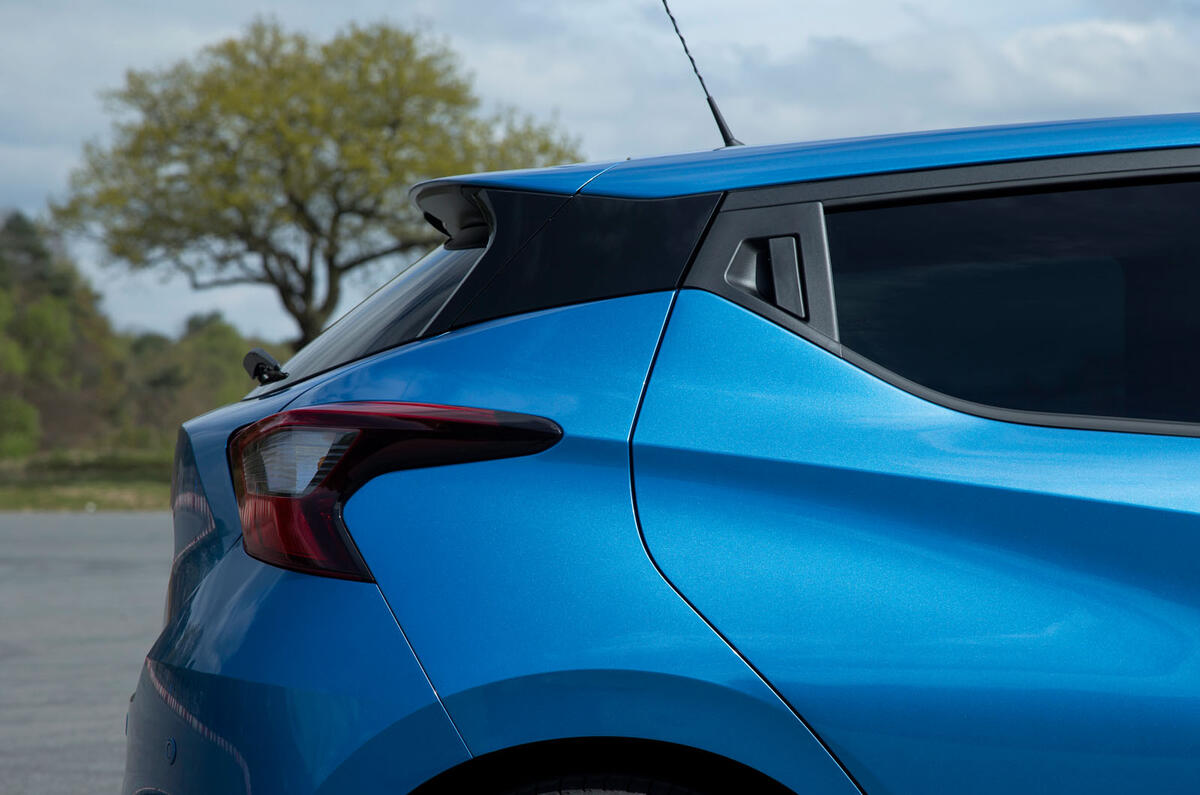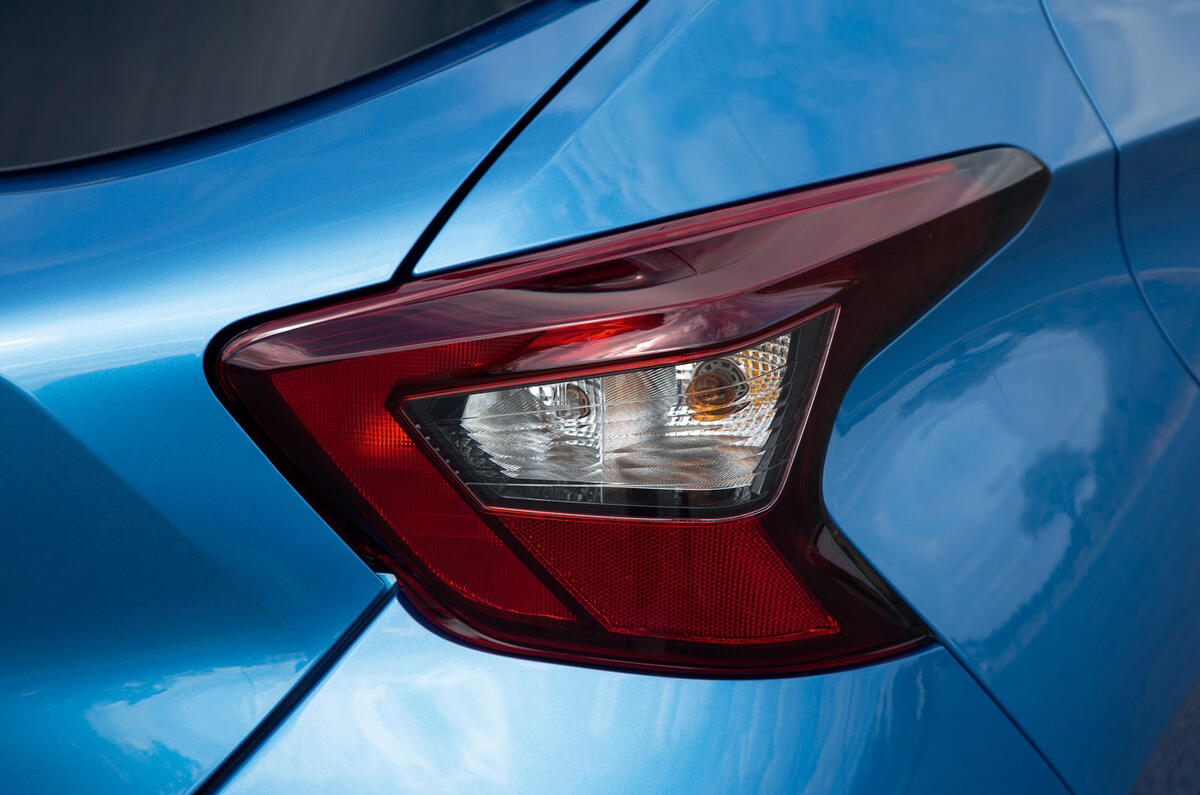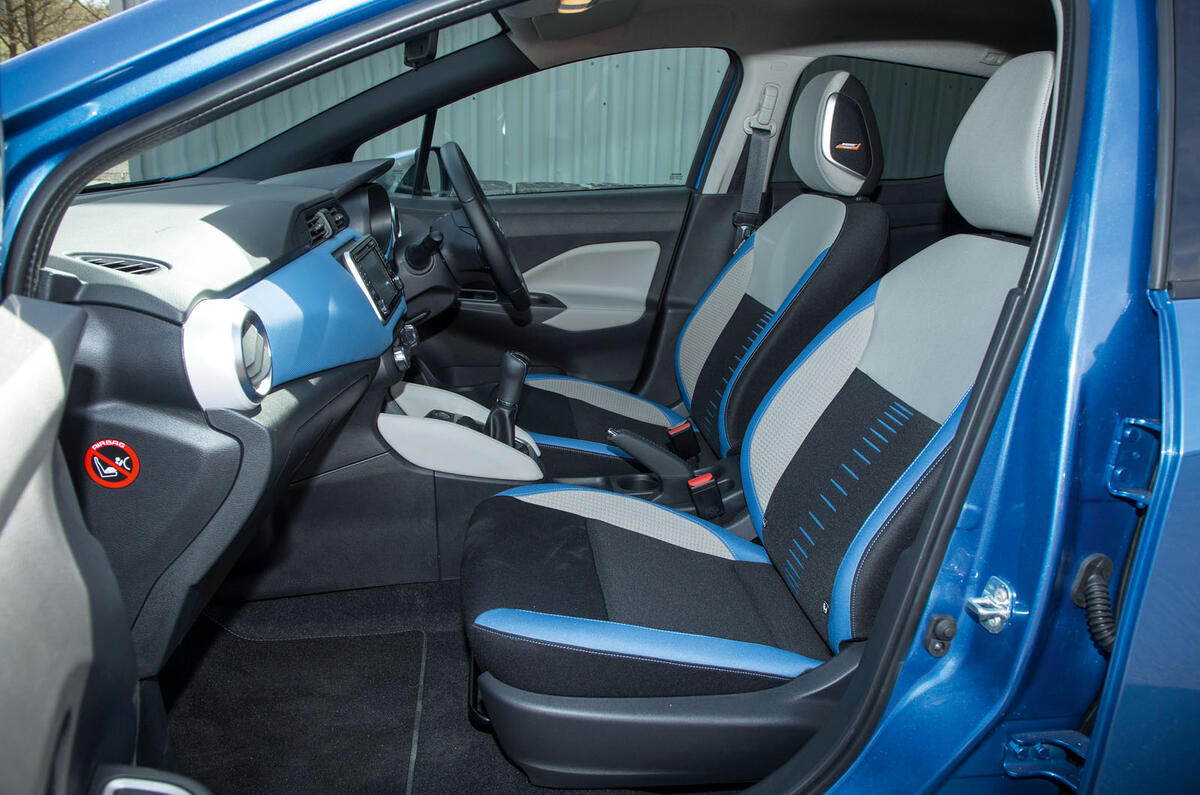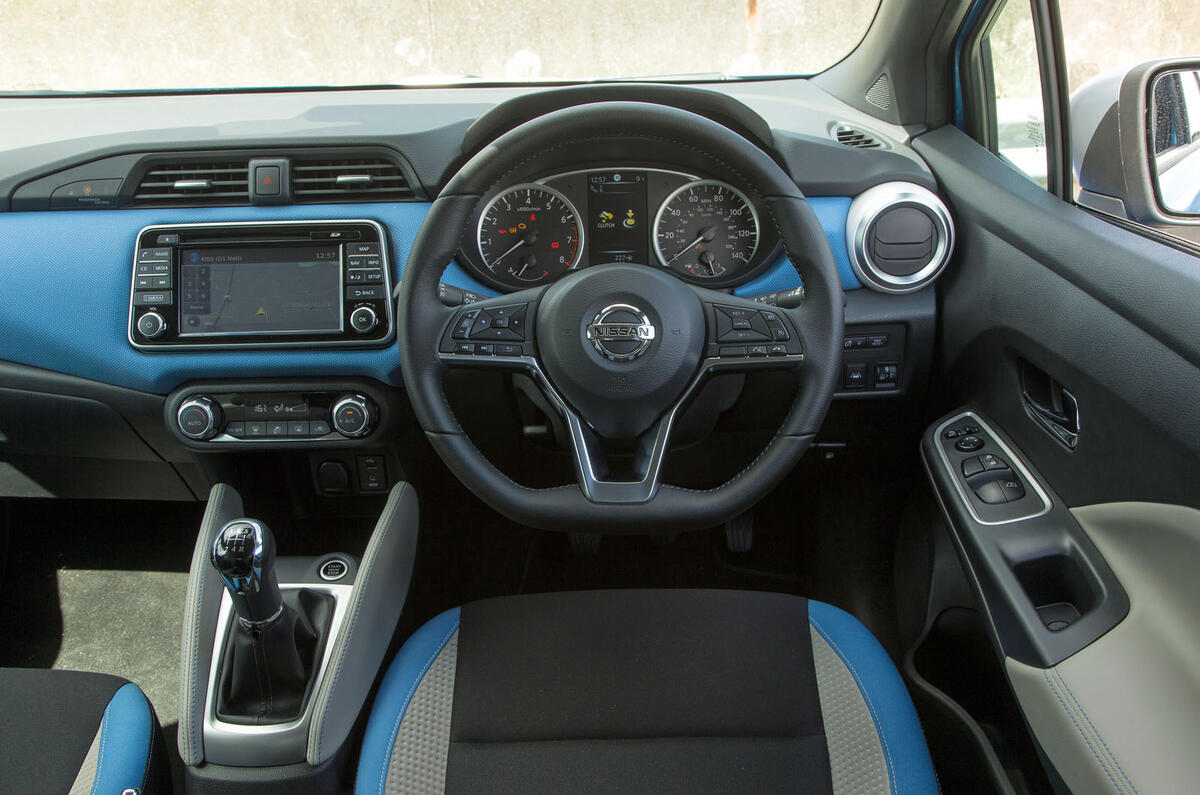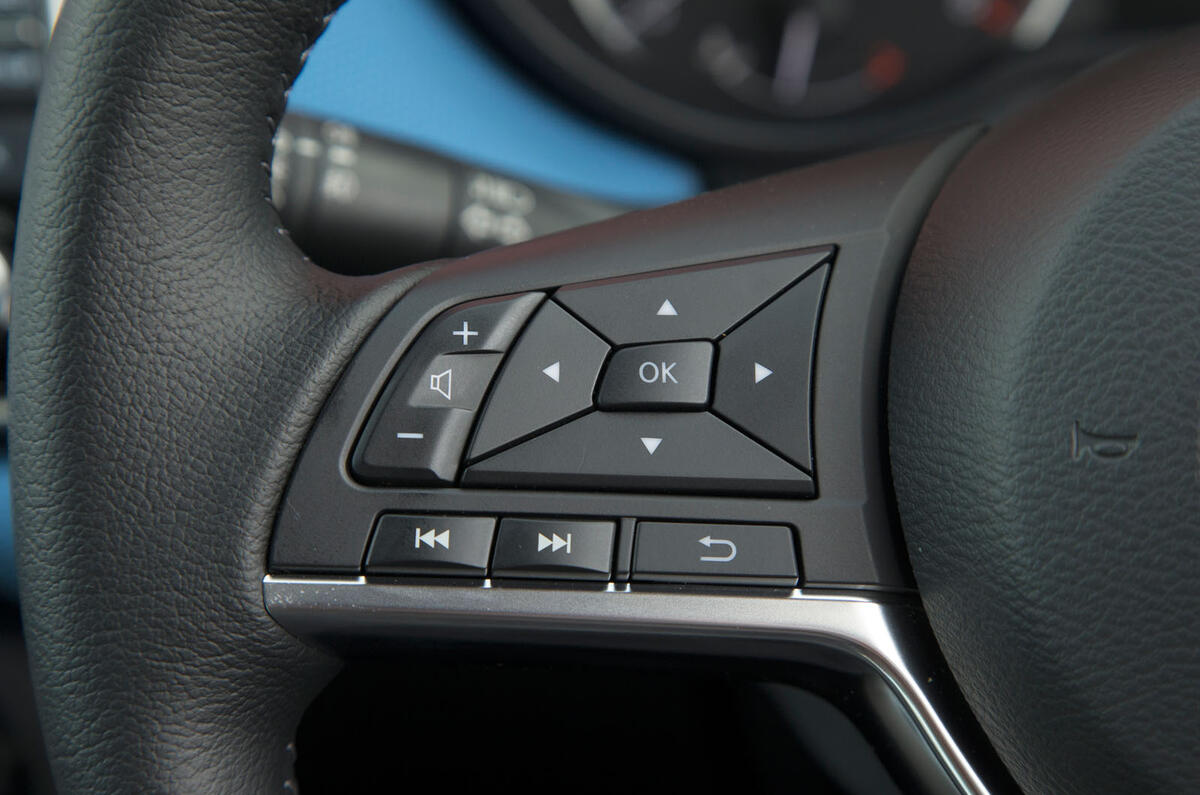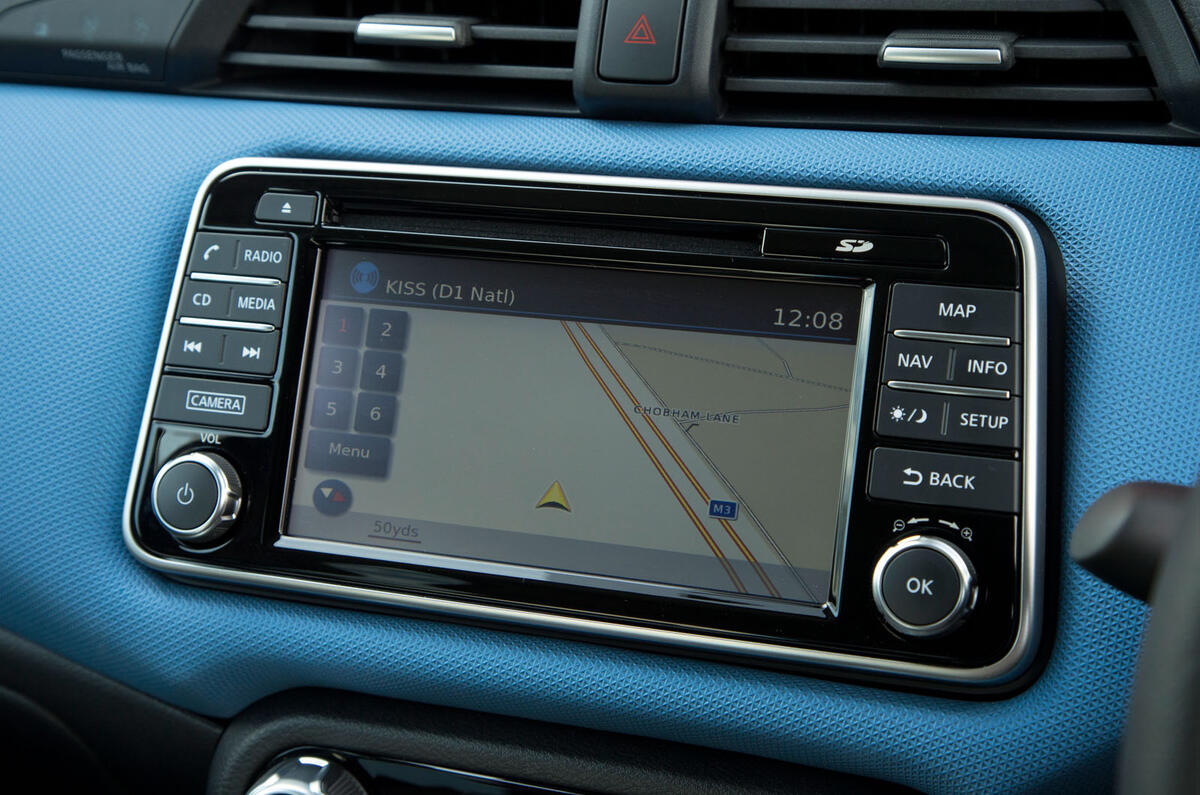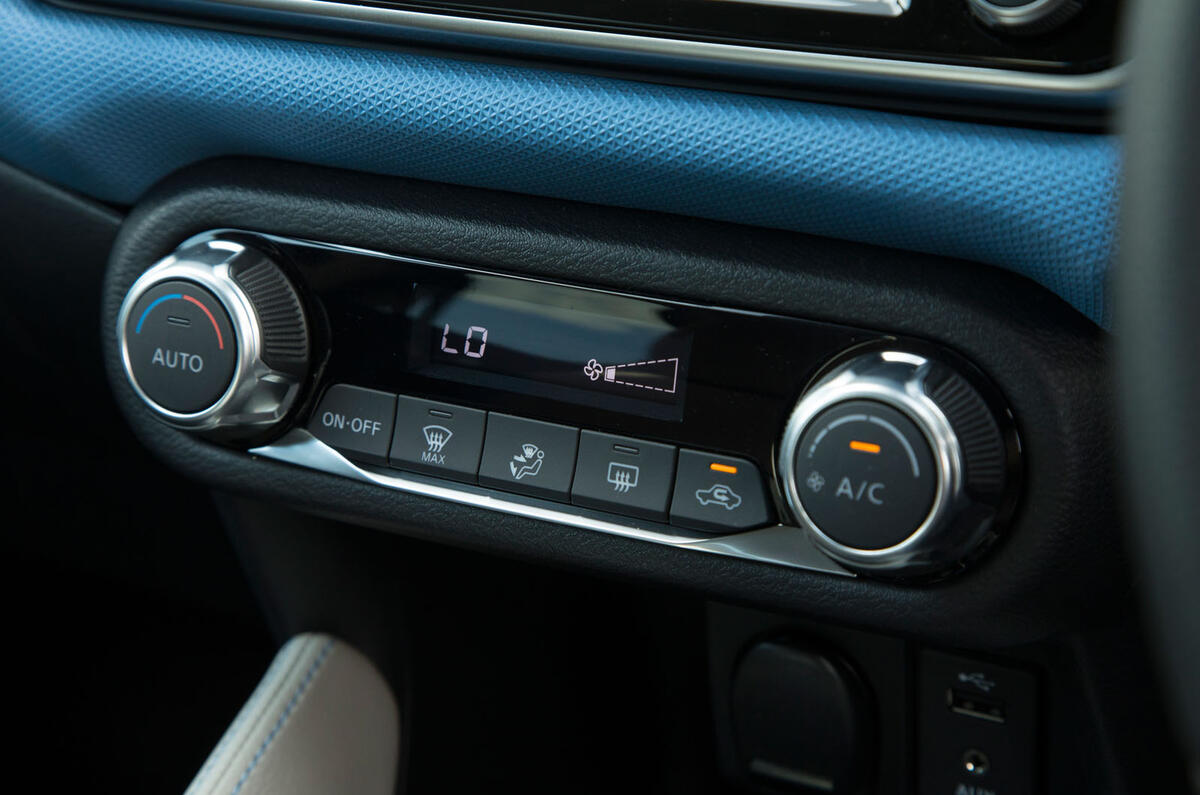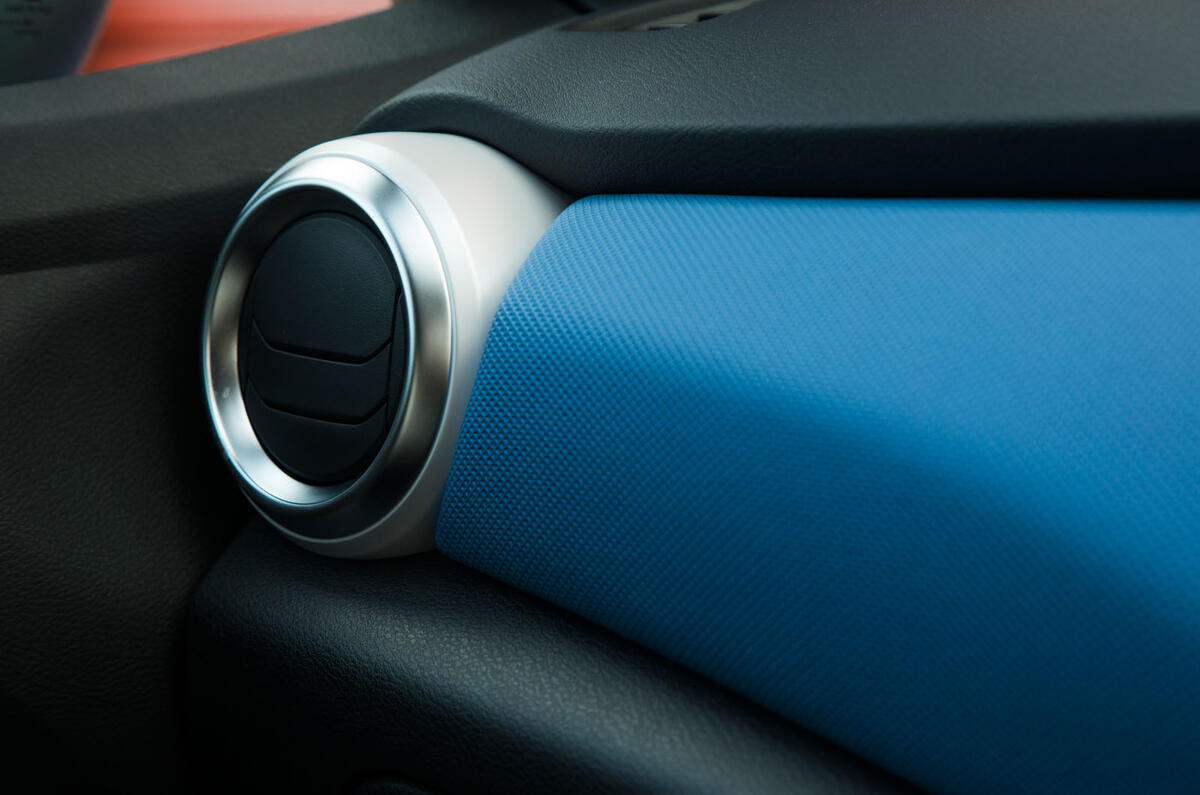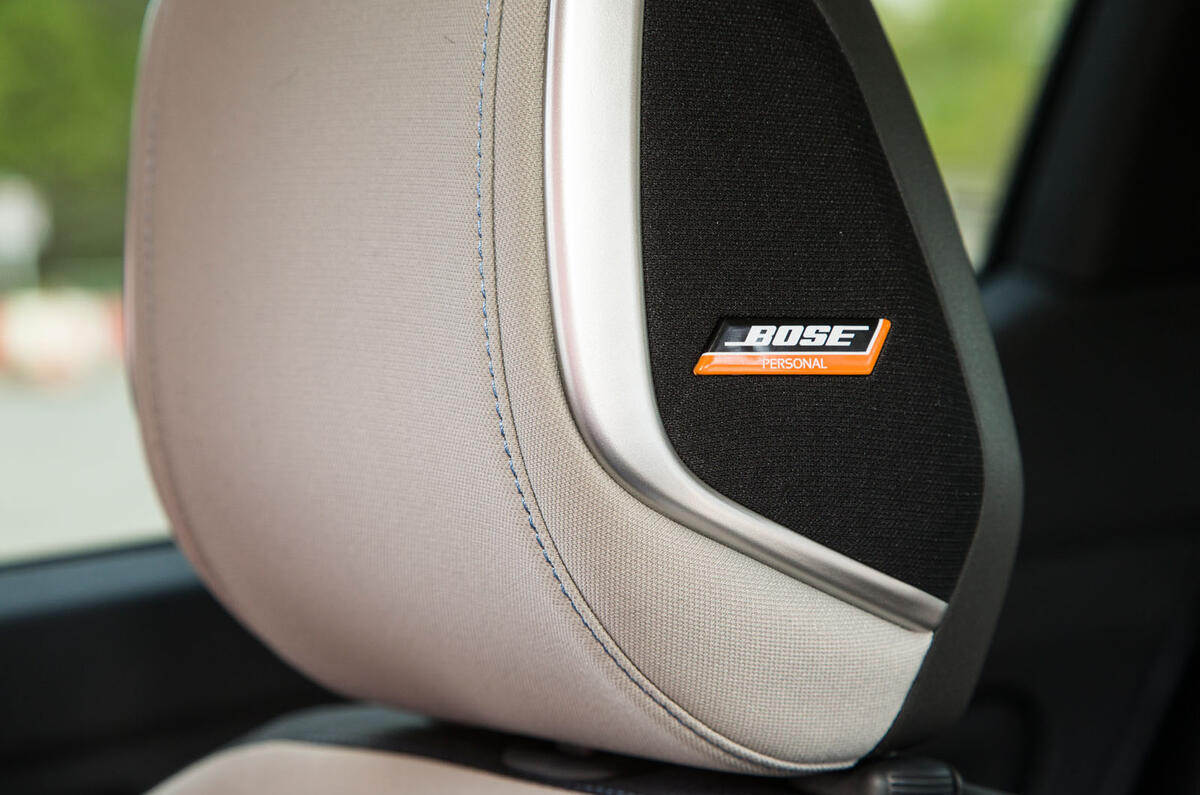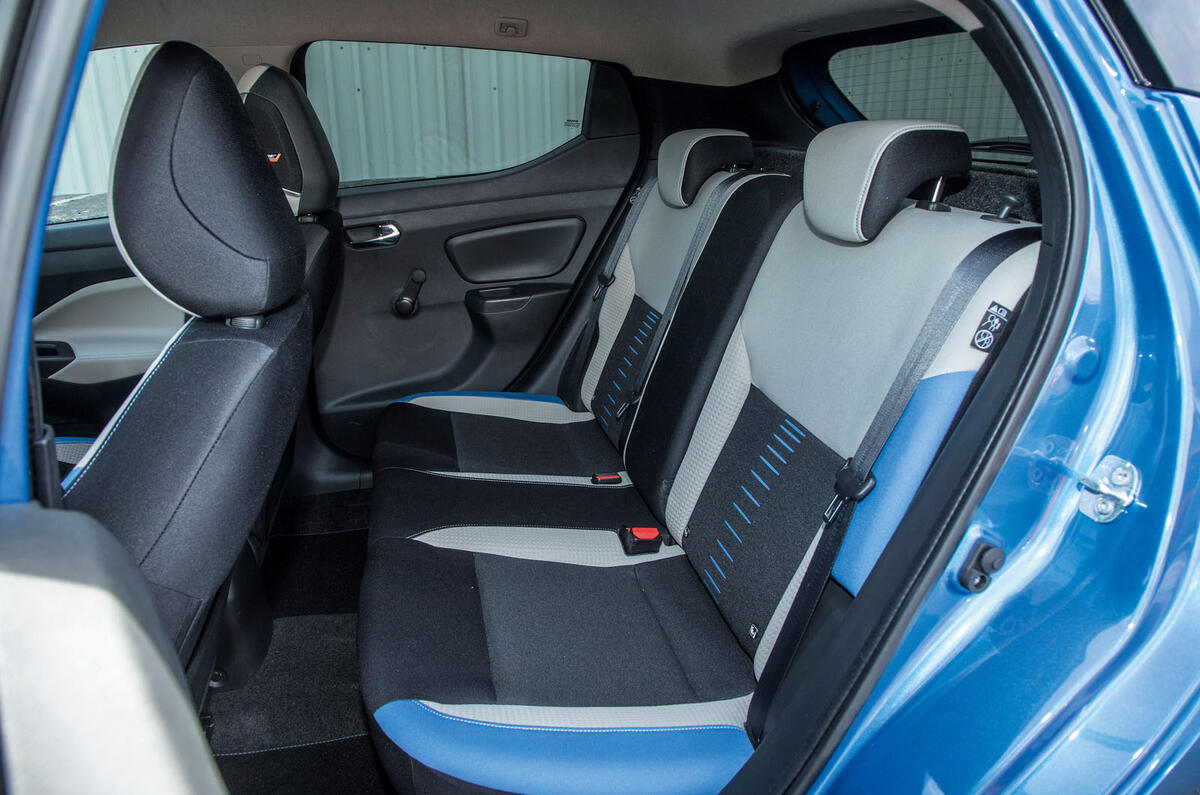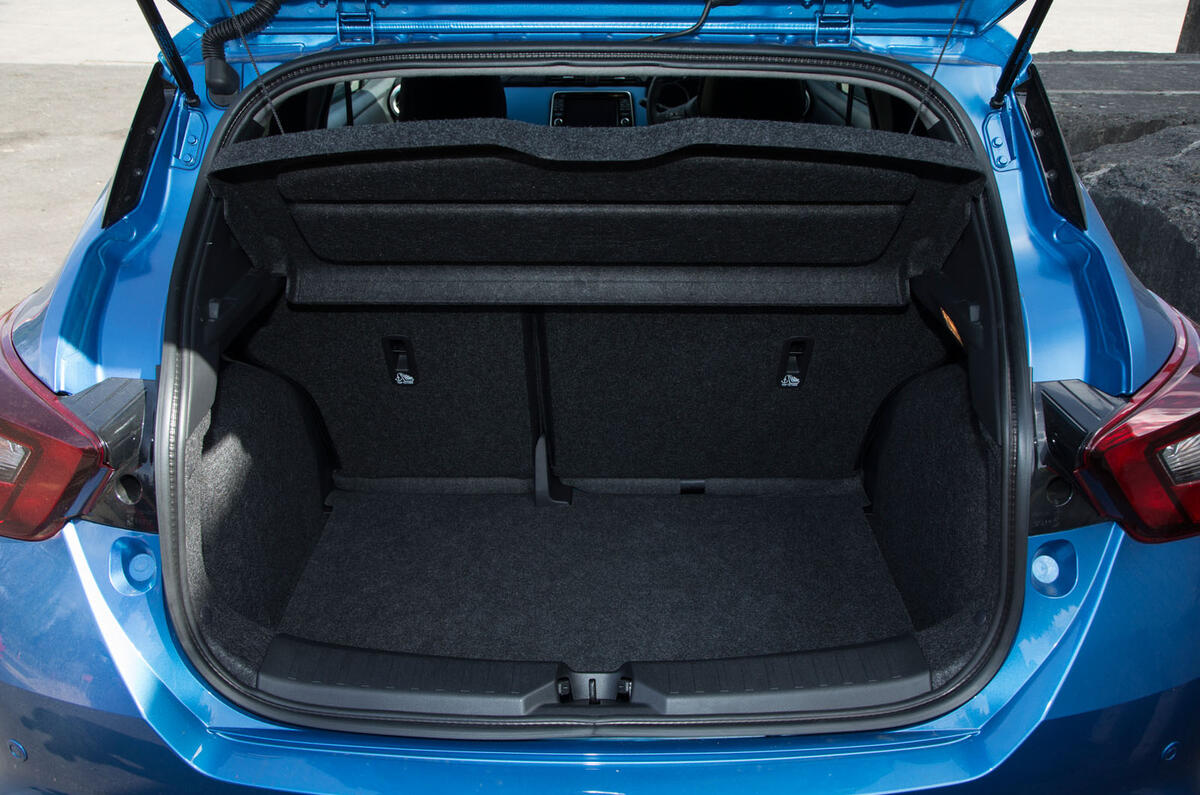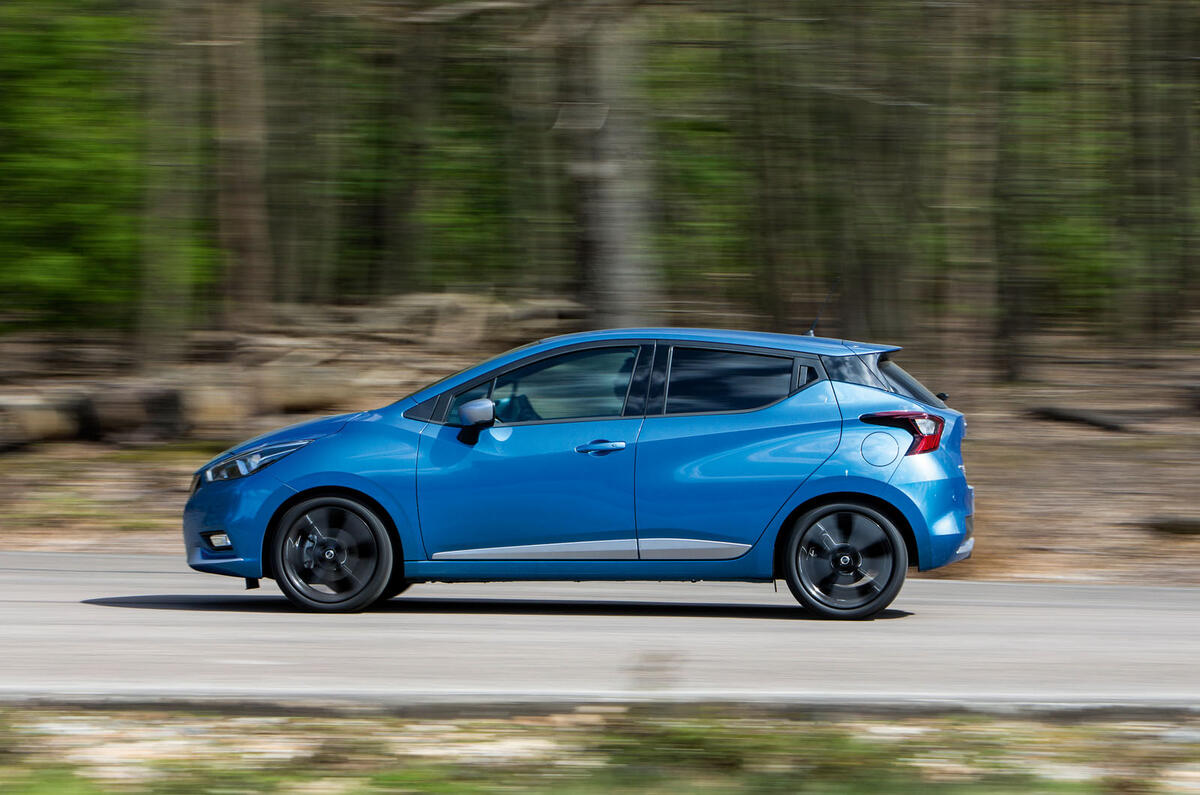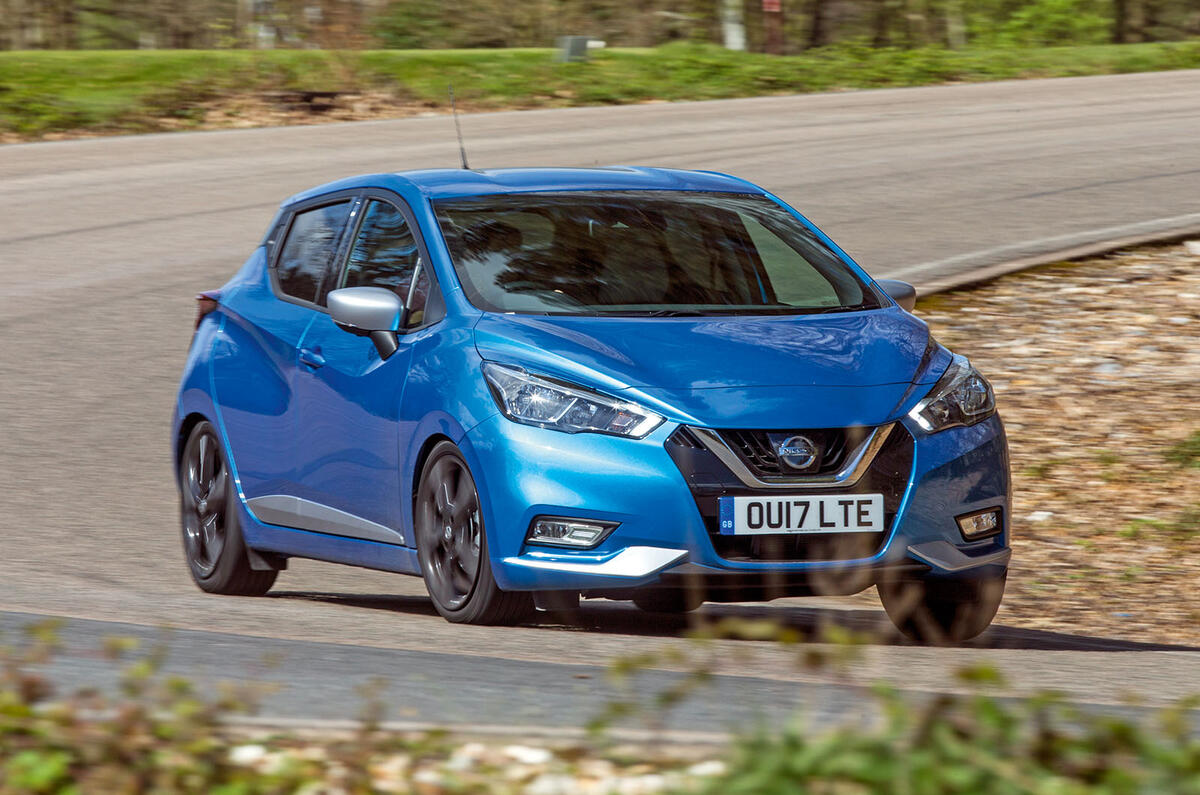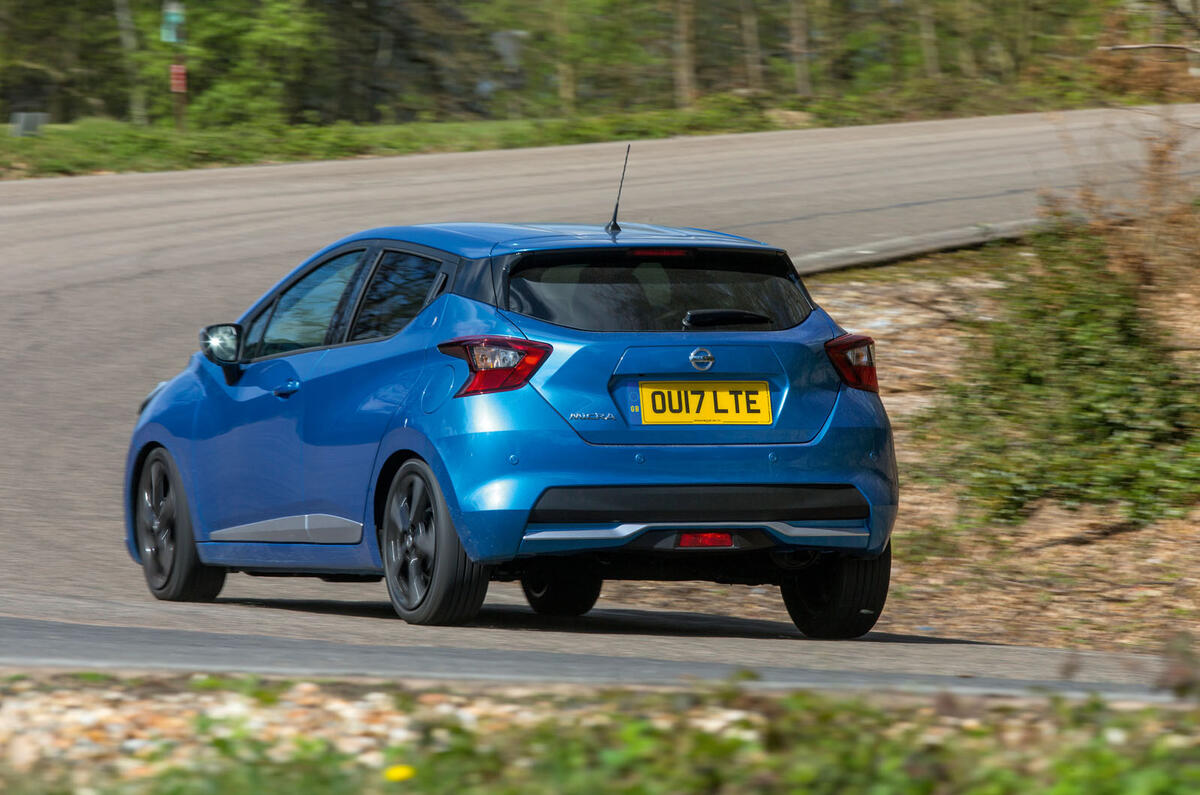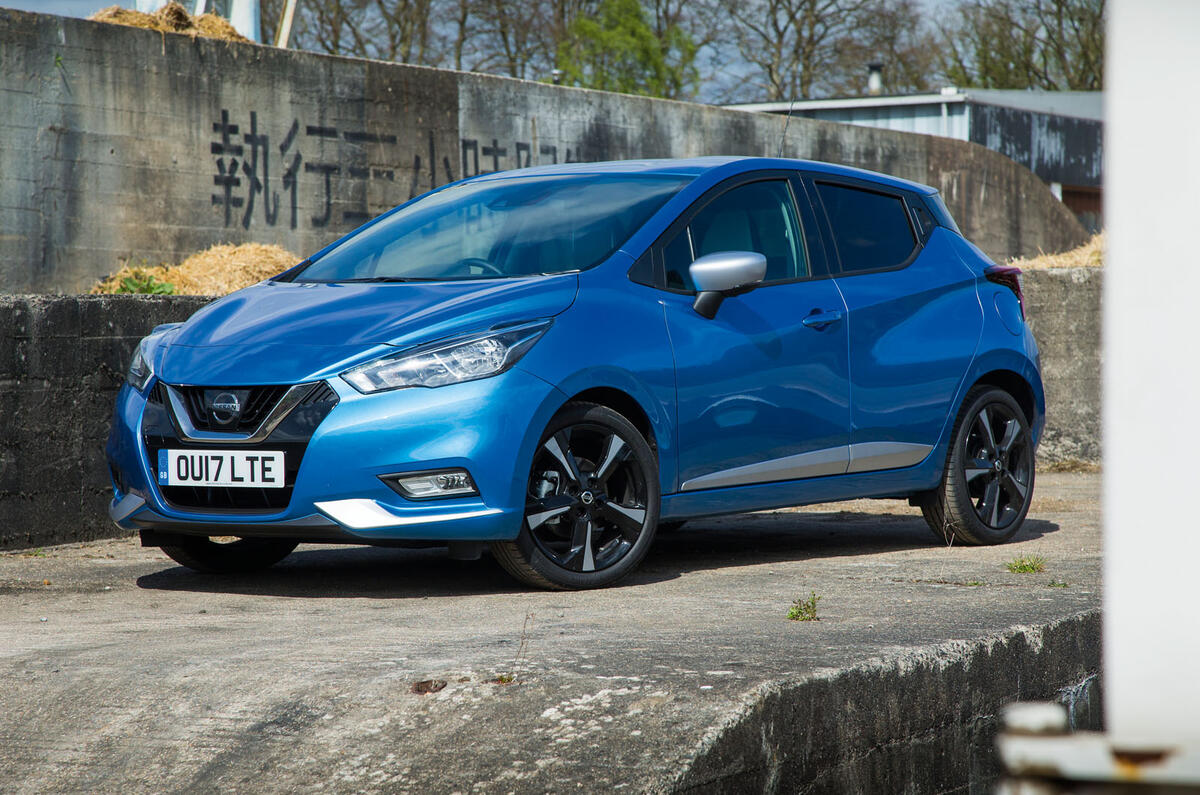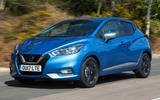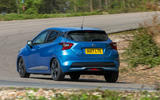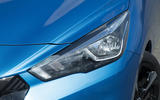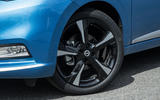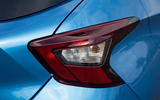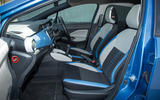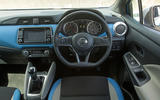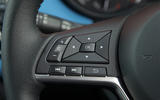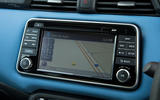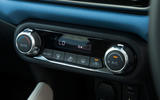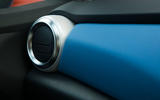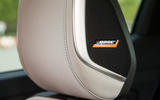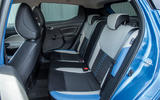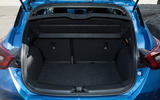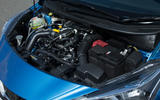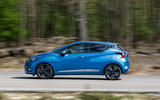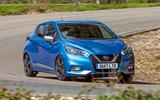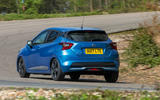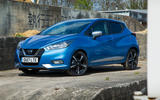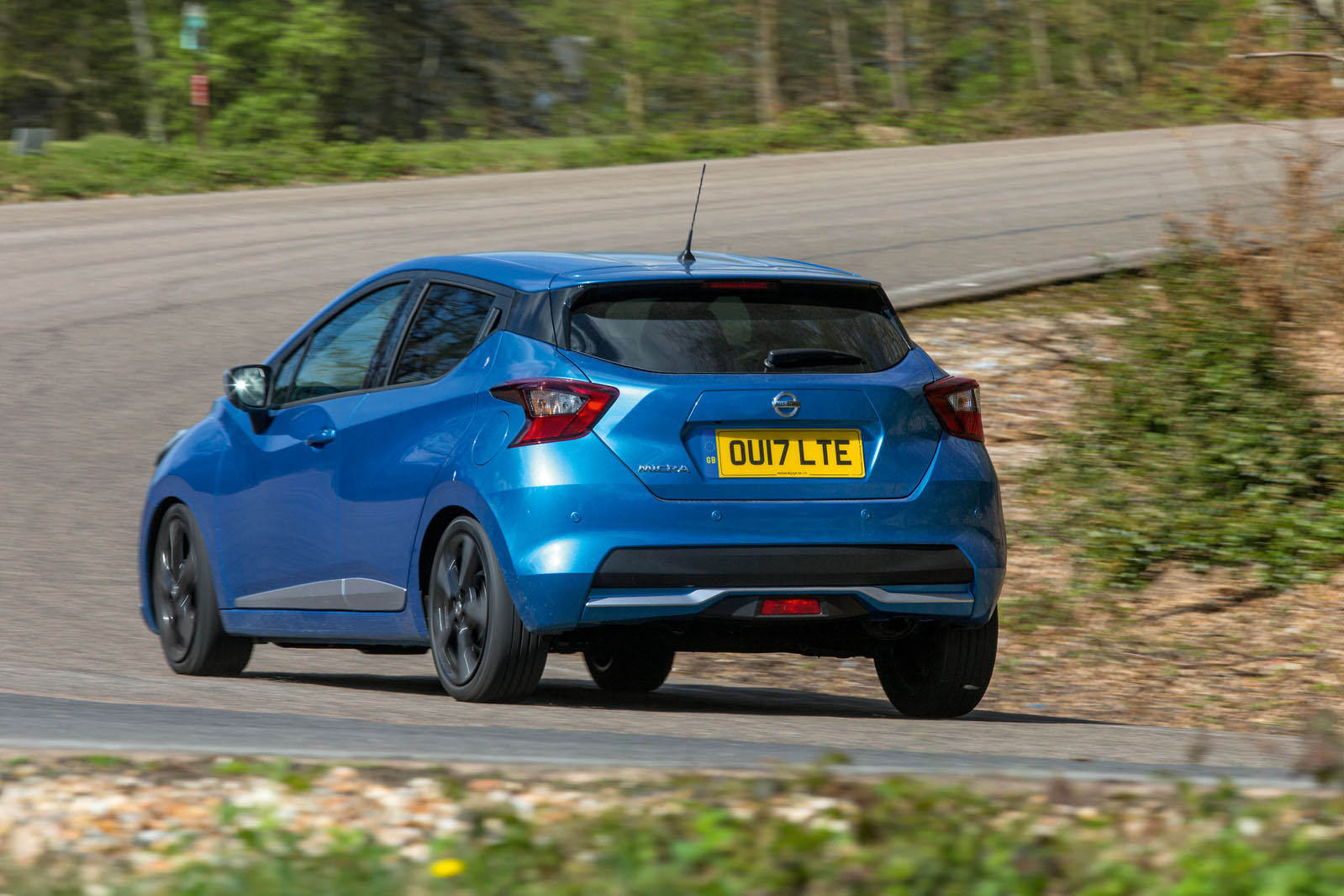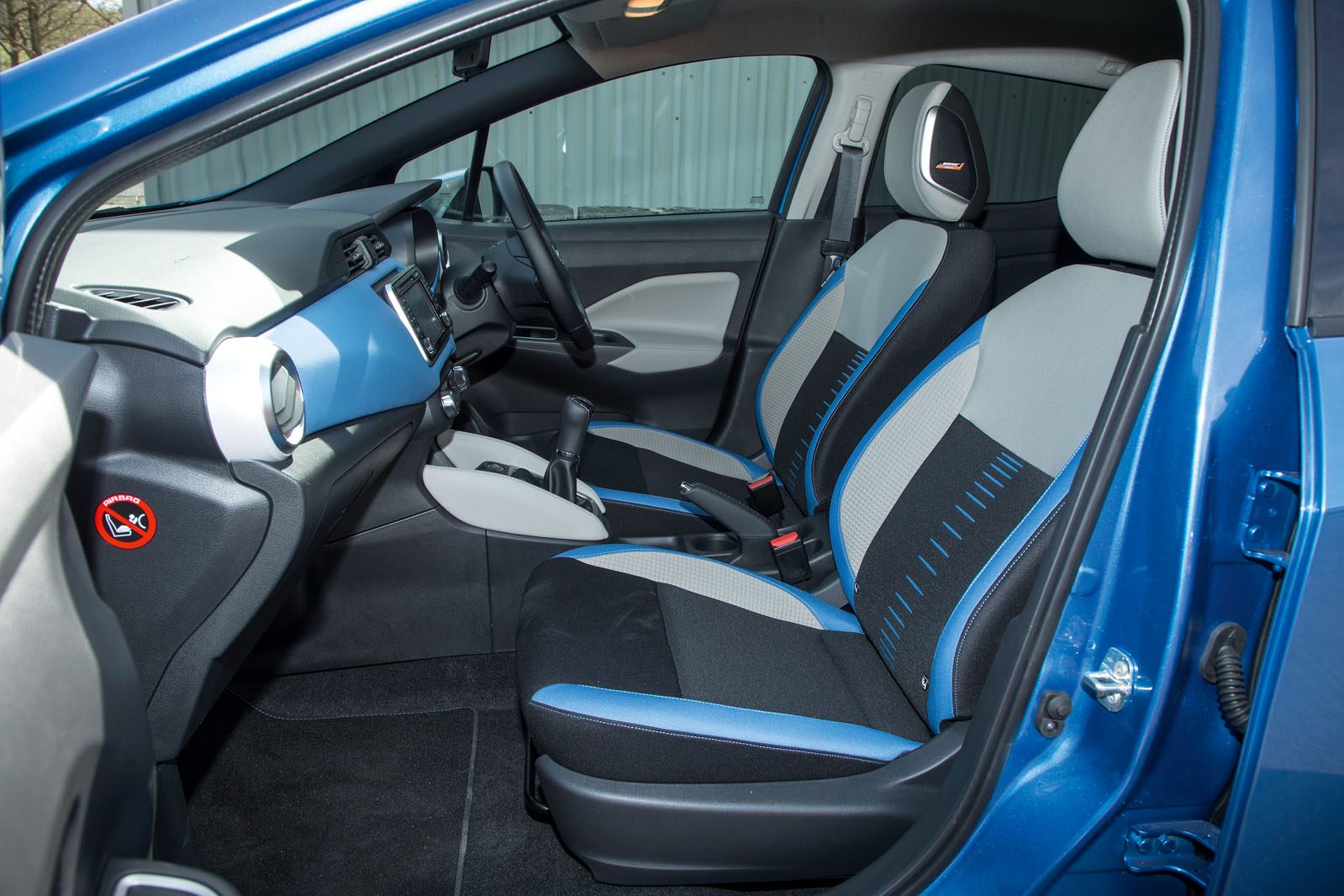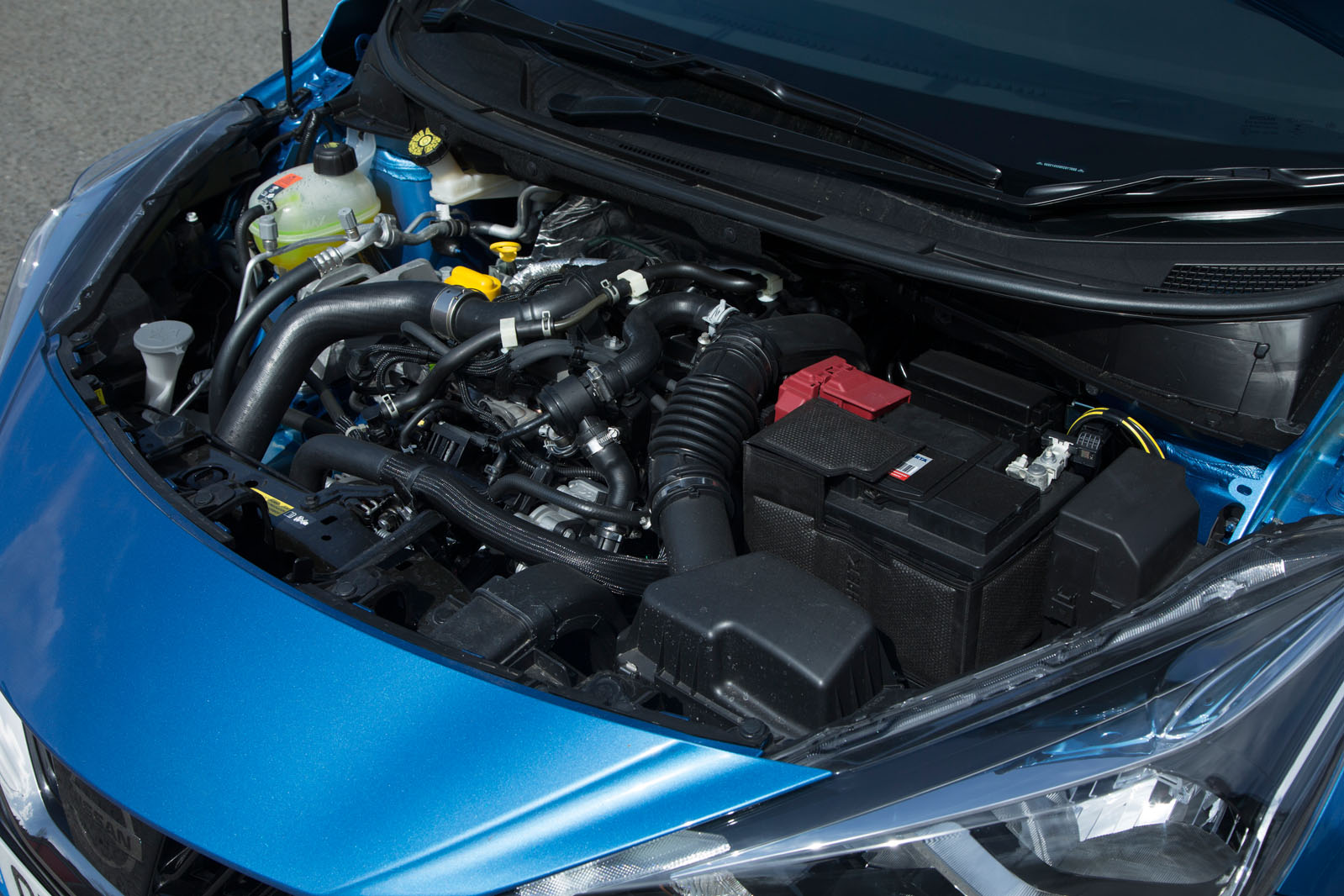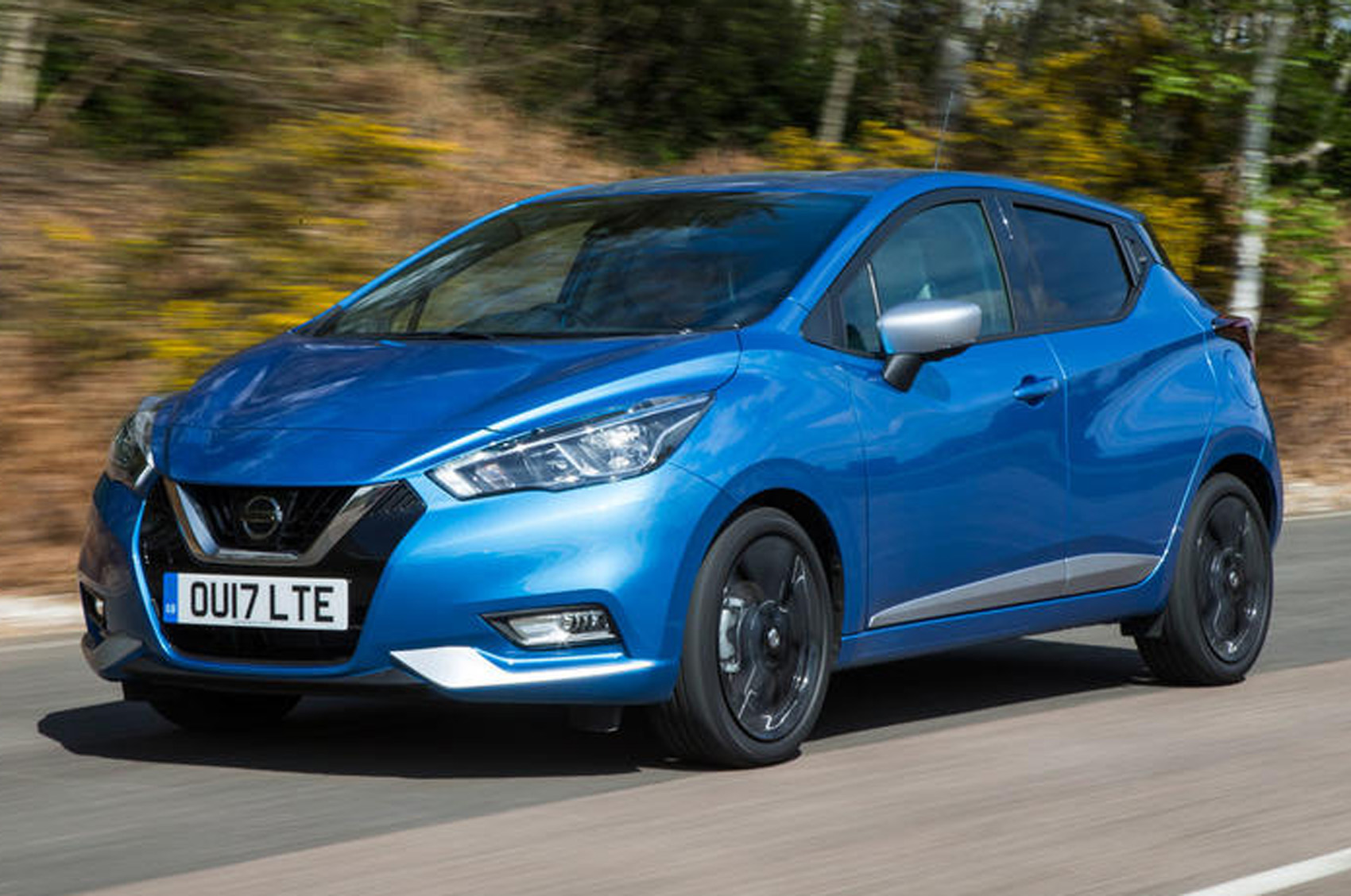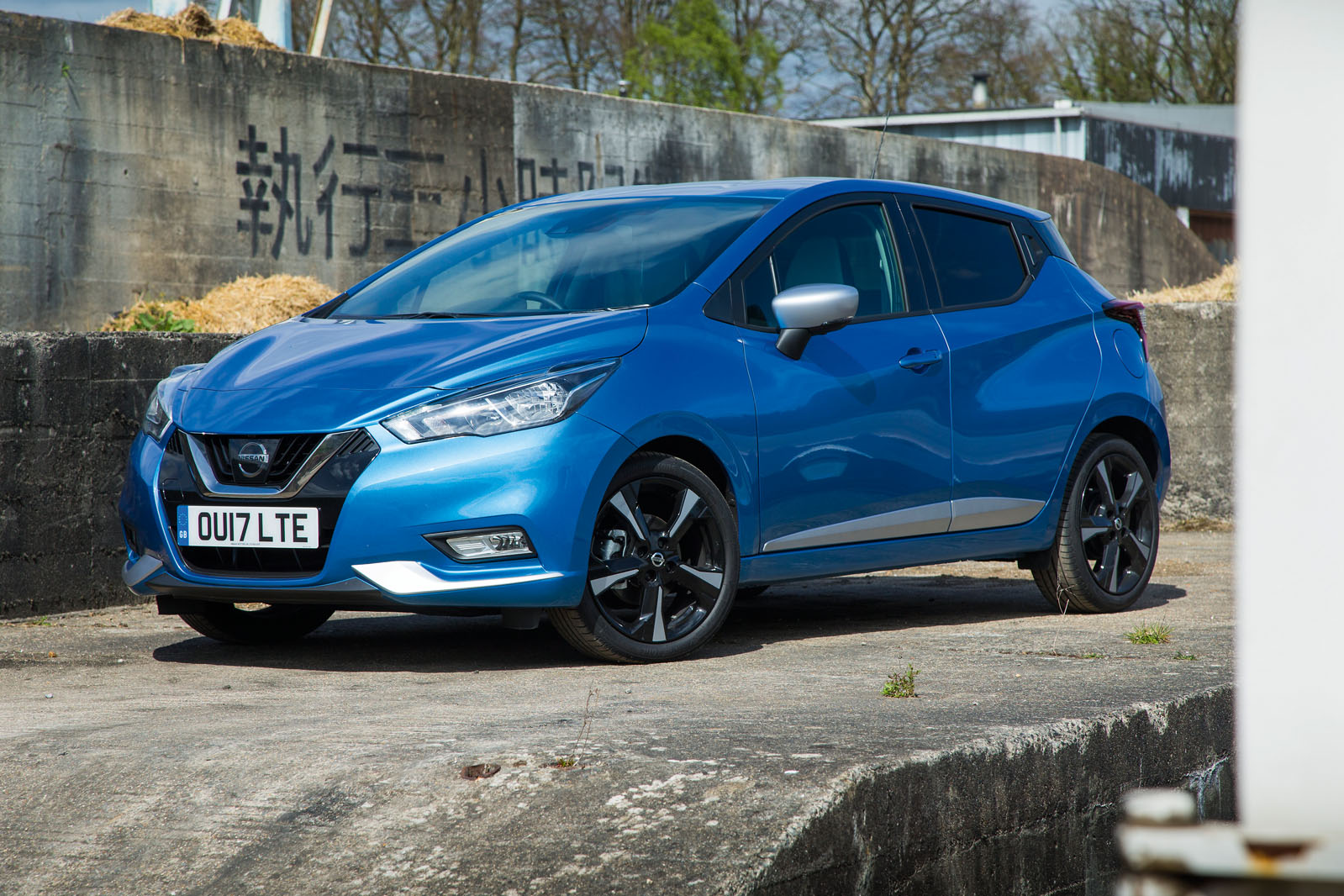Although European buyers likely bristled at the banal appearance of the fourth-generation Micra, it was almost certainly the scratchy, low-rent interior that gave rise to a collective baulk followed by swift exit from the Nissan dealership.
So prodigious was the firm’s miscalculation in perceived quality – and the response it drew from previously loyal customers – that it ought to come as no surprise at all to discover that nothing of the previous car is deemed worthy of being carried over to the new version.
Instead, as it ought to have done more thoroughly last time, Nissan has taken the temperature of the B-segment buyer and rigorously assessed the competition, resulting in a cabin that’s completely different in appearance and standard.
Significant, noticeable alterations abound, then, although it is the sizeable drop in hip point and the plentiful options for personalisation that make an immediate impression.
Available in Power Blue, Energy Orange and Invigorating Red, the optional £350 Personalisation Pack adds a considerable splash of colour to the seat bolsters, door cards, knee pads and instrument panel.
Combined with the soft-touch materials that pervade most of the upper dashboard, it makes for the kind of tactile, polychrome surroundings that were conspicuous by their absence when the previous generation of the Micra was launched seven years ago.
Somewhat less compelling is the provision of space. Up front, swayed by the car’s lower driving position and the generally pleasing ergonomics, the Micra is endowed with the kind of scale currently expected of a supermini.
But the rear quarters suffer in comparison with many of its rivals. The latest Micra has made gains in shoulder and elbow room over its predecessor, but it fails to rival the packaging prowess of cars like the Skoda Fabia.
It’s fine for small children, of course – and Nissan knows that three-quarters of B-segment buyers don’t often use the back seats – but its creator’s healthy and ultimately rewarding preoccupation in other areas has resulted in the usual compromises elsewhere.
The NissanConnect system has matured nicely. Arguably, it misses out on the slick aesthetic pedigree of a number of close rivals, but a preference for straightforwardness has made the interface very easy to get on with.
The use of a 7.0in touchscreen has not eliminated physical shortcut buttons and it’s unlikely that anyone will struggle with programming Nissan’s sat-nav system.
The entertainment options vary by grade (the entry-level trim getting a measly two speakers, the Acenta four) and, rather shamefully, you’ll need to go all the way to our test car’s N-Connecta level to find a DAB tuner on the standard kit list. Mystifyingly, Nissan has made the strange decision to equip Acenta-grade Micras with Apple CarPlay, but omits it from the more expensive N-Connecta and Tekna models.
Inevitably, optional extras spice things up somewhat. Nissan offers a Bose Personal Audio Pack with two supplementary driver headrest speakers for £500.
As for standard equipment, there are five core trims to choose from - Visia, Visia+, Acenta, N-Connecta and Tekna. Entry-level cars get LED day-running lights, a rear roof spoiler, front foglights, auto lights and wipers, front electric windows, 15in steel wheels and electrically adjustable wing mirrors as standard on the exterior. Inside there is a manually adjustable steering column and driver's seat, 60/40 split folding rear seats, Nissan's chassis control system and numerous safety technologies - including hill start assist, lane departure warning and autonomous emergency braking system.
Pay a little more for Visia+, and you'll find manual air conditioning and engine stop/start added to the Micra. Mid-range Acenta trimmed Micra's get 16in steel wheels, traffic sign recognition, cruise control, steering wheel mounted controls and a 5in colour driver's information screen.


